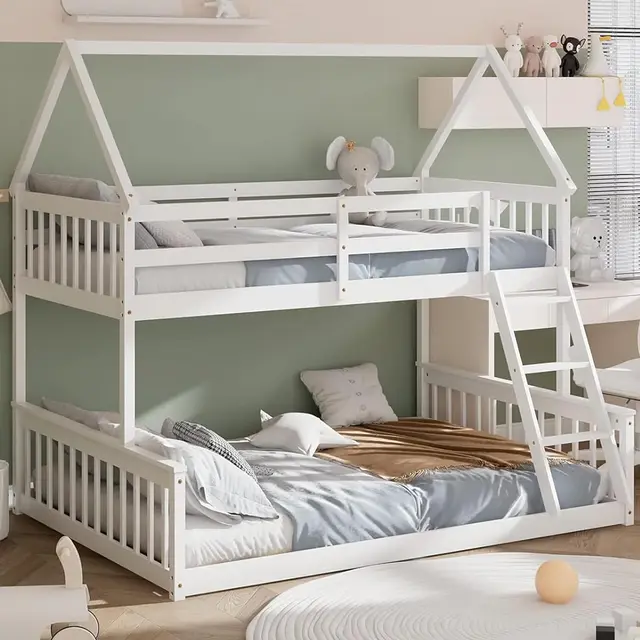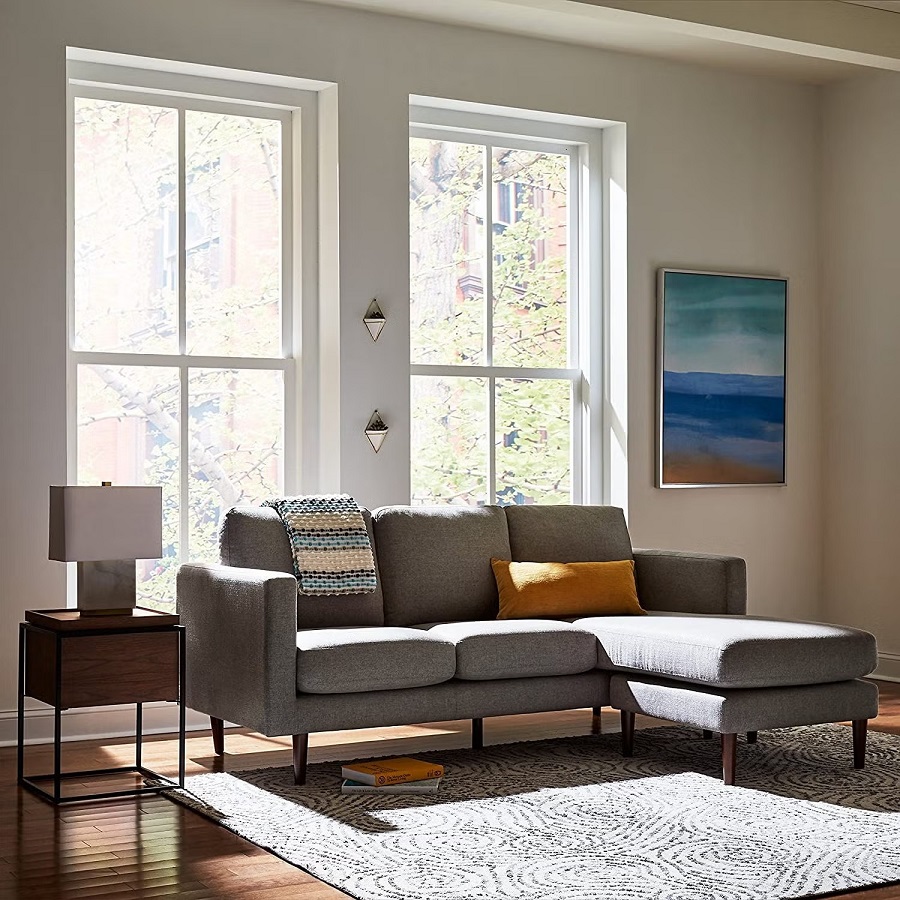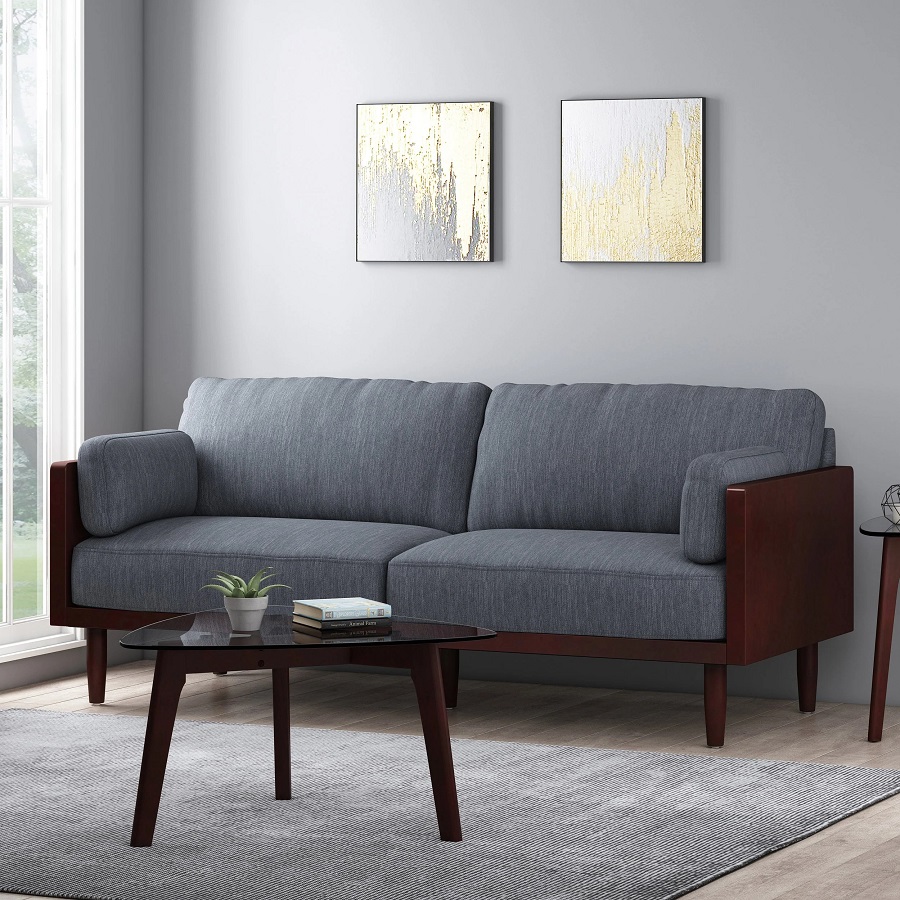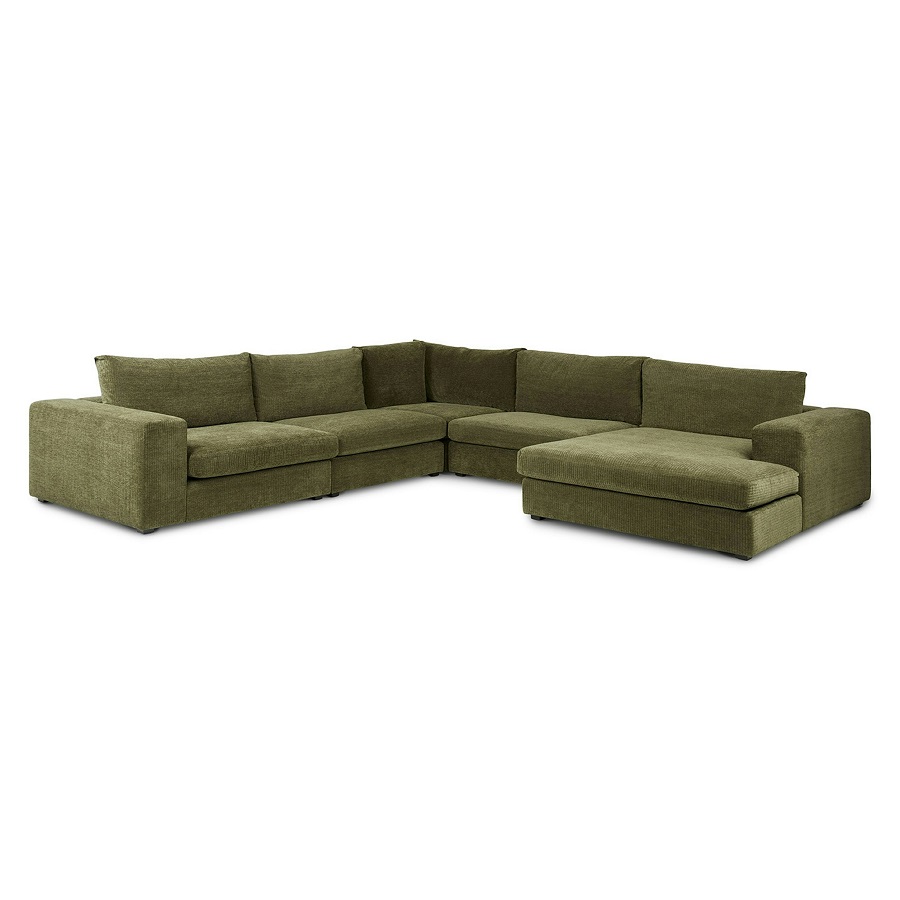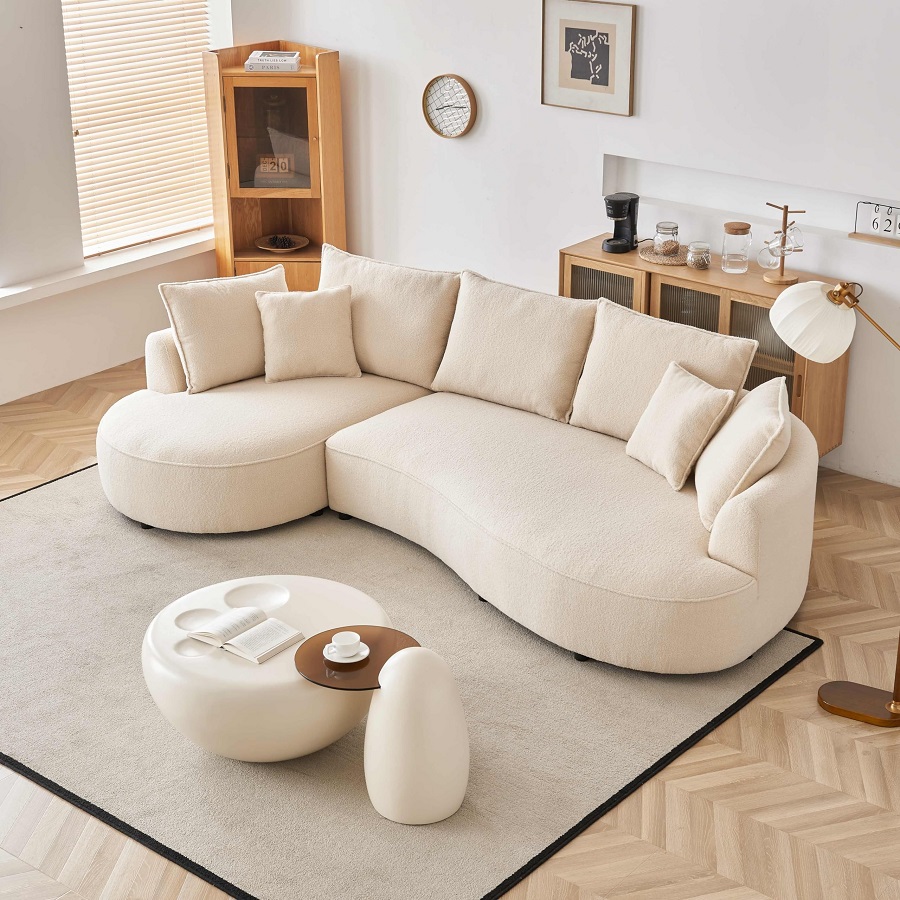When dealing with small bedrooms, finding ways to maximize space can be challenging. Bunk beds are an excellent solution for optimizing limited room dimensions while providing a functional and enjoyable sleeping arrangement. This guide explores how bunk beds can transform small spaces, offering practical tips and insights to help you make the most of every square foot in your child’s bedroom.
Understanding the Benefits of Bunk Beds
Space Efficiency
Bunk beds are designed to utilize vertical space, making them ideal for small bedrooms where floor space is at a premium. By stacking one bed on top of another, bunk beds effectively double the sleeping area without taking up extra floor space. This vertical arrangement frees up room for other essential furniture and allows for more flexible room layouts. In a small bedroom, this can mean the difference between fitting in a desk, a play area, or additional storage.
Versatility and Functionality
Modern bunk beds come with various features that enhance their functionality beyond just providing a place to sleep. Some models include built-in storage solutions, such as drawers and shelves, which help keep the room organized and reduce clutter. Others may offer convertible designs, where the top bunk can be removed to create separate twin beds or even a lofted space underneath. These versatile options allow you to adapt the furniture to changing needs, making bunk beds a long-term solution for growing children.
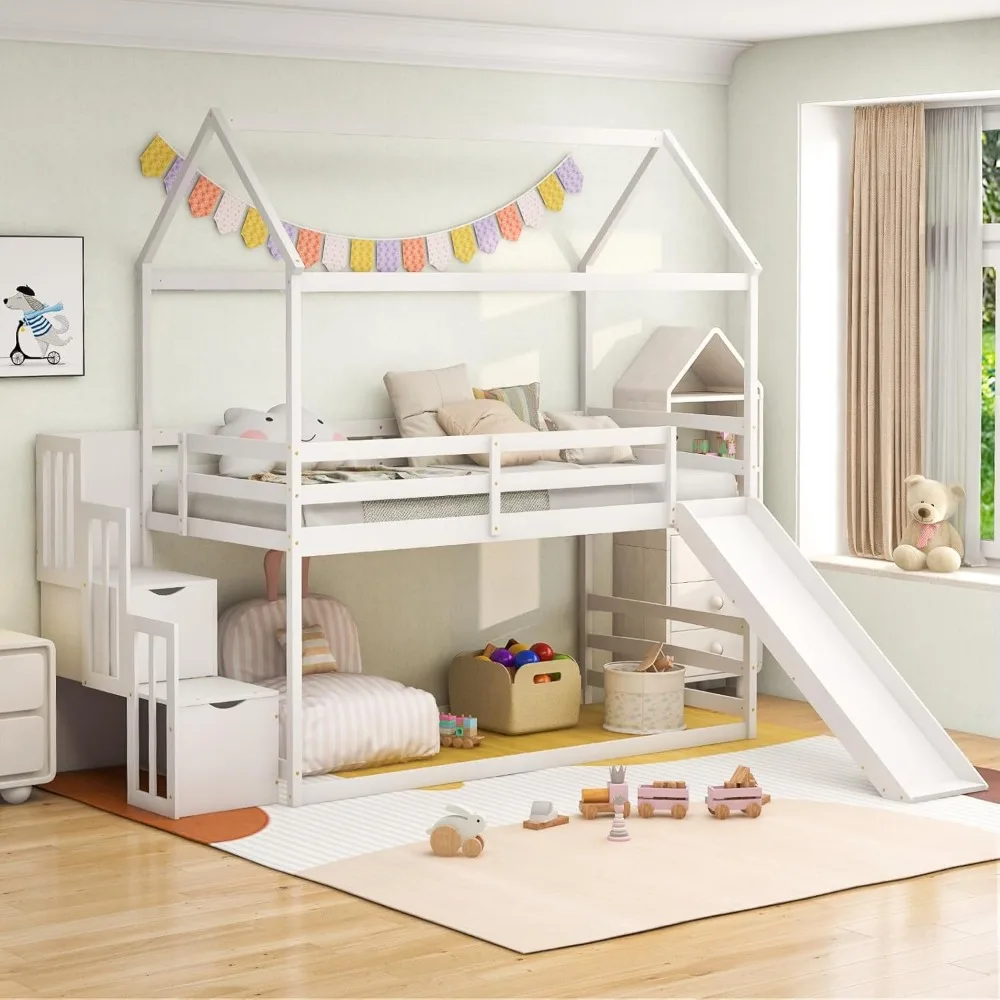
Choosing the Right Bunk Bed for a Small Bedroom
Measuring Your Space
Before selecting a bunk bed, accurately measure the dimensions of the bedroom. Consider both the floor space and the ceiling height to ensure the bunk bed will fit comfortably. You’ll need to leave enough clearance around the bed for safe access and movement. For example, if the room has a low ceiling, opt for a lower-profile bunk bed to avoid making the space feel cramped. Taking precise measurements helps prevent issues with fitting the bed into the room and ensures that it integrates seamlessly with other furniture.
Selecting the Appropriate Size and Design
Bunk beds come in various sizes, including twin over twin, twin over full, and full over full configurations. For small rooms, a twin over twin design is often the most space-efficient option, as it keeps the footprint compact. Additionally, consider the design and material of the bunk bed. Wood and metal are common materials, each offering different aesthetics and durability. Wood provides a classic, warm look, while metal frames are often more modern and sleek. Choose a design that complements the room’s decor and meets your functional needs.
Integrating Bunk Beds into Room Layouts
Maximizing Under-Bed Space
One of the significant advantages of bunk beds is the additional space available underneath the lower bunk. This area can be utilized for various purposes, such as adding storage units, creating a cozy reading nook, or setting up a play area. Some bunk beds come with built-in drawers or shelving underneath, which is an excellent way to keep toys, books, and other essentials organized. If the bunk bed doesn’t include these features, consider using modular storage solutions to make the most of this space.
Creating Zones in a Small Room
In small bedrooms, creating distinct zones can help maximize functionality and make the space feel more organized. Bunk beds can be positioned to define different areas within the room. For example, placing the bed against one wall can leave the center of the room open for play or study areas. Use area rugs or furniture arrangements to further delineate these zones. By defining specific areas for sleeping, studying, and playing, you can create a more structured and efficient use of the available space.
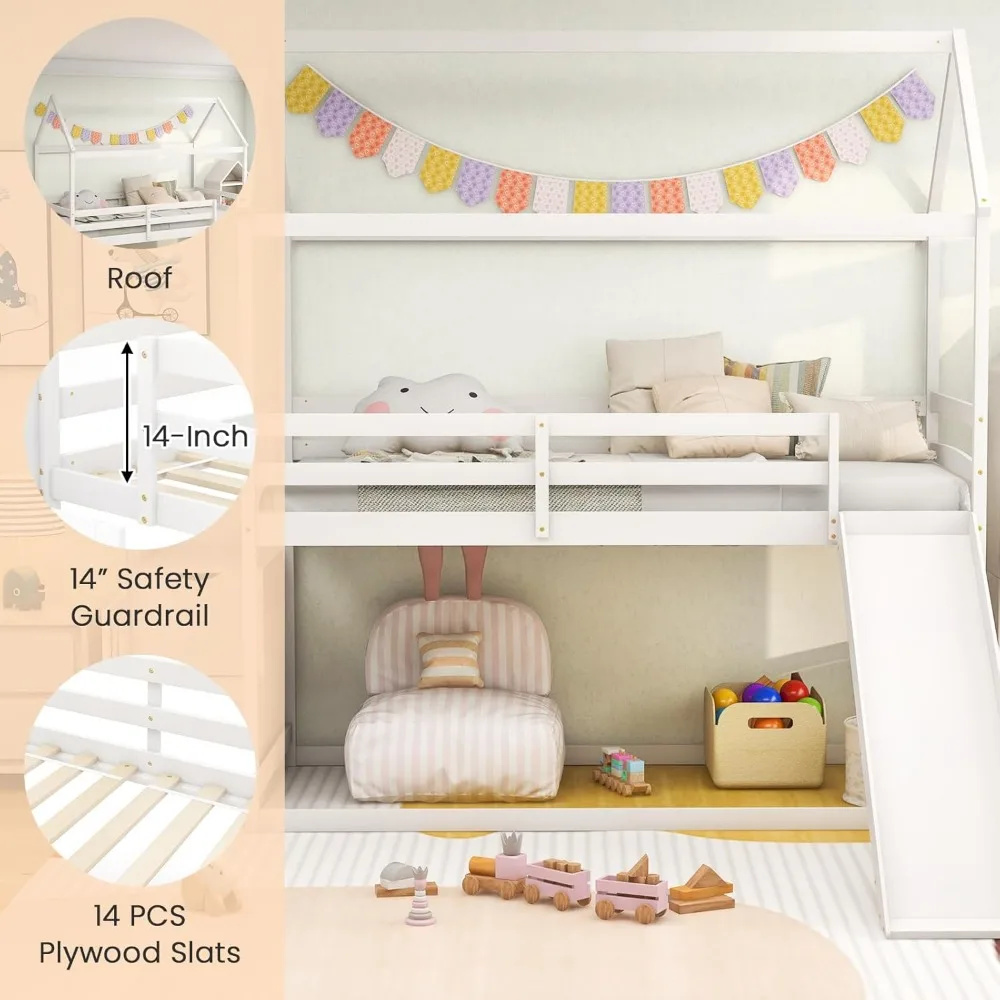
Enhancing Safety and Comfort
Ensuring Safety Features
Safety is a top priority when choosing a bunk bed, especially for small spaces where the bed is often close to other furniture. Ensure that the bunk bed for kids you select has appropriate safety features, such as high guardrails on the upper bunk to prevent falls. The ladder should be sturdy and securely attached, with non-slip steps for safe climbing. Additionally, make sure the bunk bed meets safety standards and regulations to ensure it provides a secure sleeping environment for children.
Adding Comfort and Personalization
While functionality is crucial, comfort and personalization also play a significant role in making the bunk bed a welcoming space. Choose mattresses that provide adequate support and comfort for a good night’s sleep. Personalize the bed with colorful bedding, pillows, and other accessories that reflect the child’s tastes and interests. Adding a cozy reading light or small curtain for the lower bunk can make the space more inviting and enjoyable for the child. Personal touches can enhance the overall experience and make the room feel more like their own.
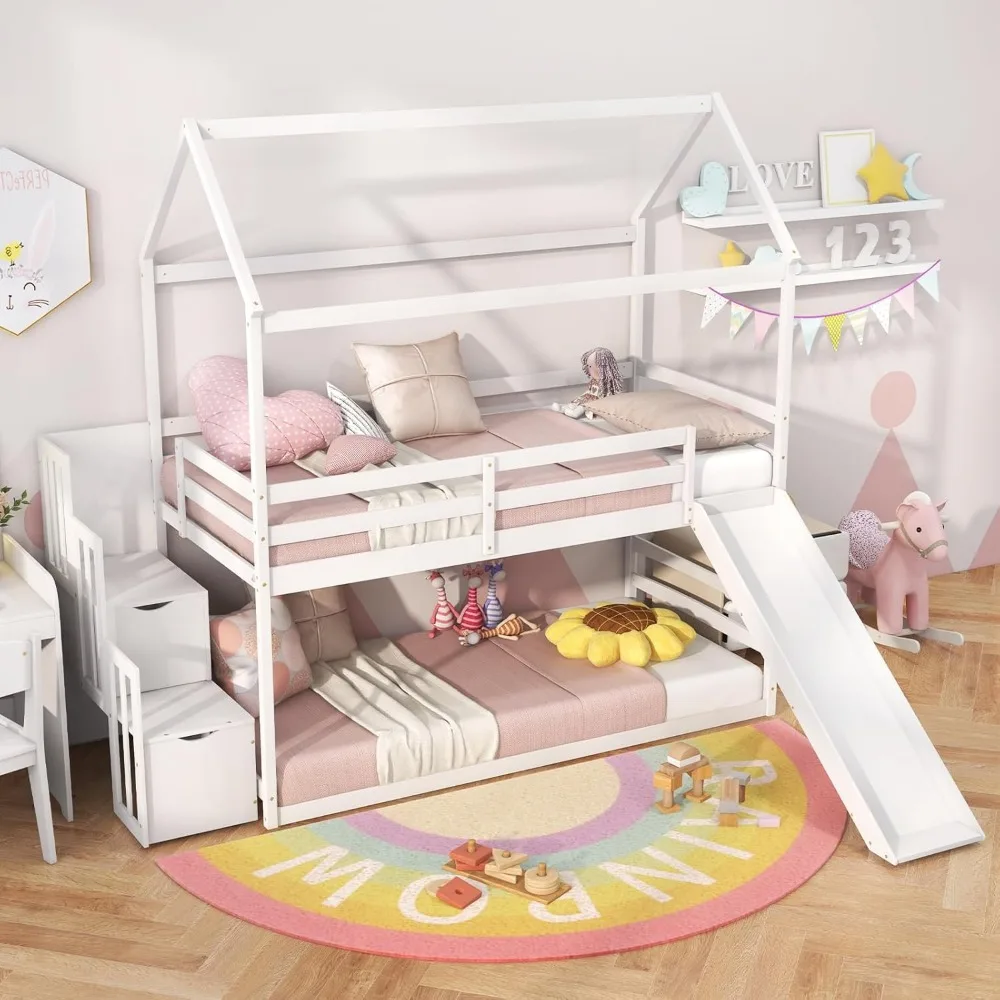
Choosing Between Different Types of Bunk Beds
Standard Bunk Beds
Standard bunk beds, which feature two single beds stacked vertically, are a traditional and popular choice for maximizing space. They are often the simplest and most cost-effective option, making them suitable for various room sizes and layouts. When selecting a standard bunk bed, consider factors such as construction quality, safety features, and design to ensure it meets your needs and fits well within the room.
Loft Bunk Beds
Loft bunk beds elevate the sleeping area while leaving space underneath for other uses. This design is particularly useful in small rooms where floor space is limited. The area beneath the lofted bed can be used for a desk, play area, or additional storage. Loft beds are versatile and can be adapted as the child’s needs change over time. When choosing a loft bunk bed, ensure that the space underneath is utilized effectively and that the bed’s height is appropriate for the room’s ceiling.
Triple Bunk Beds
Triple bunk beds are designed to accommodate three children, making them ideal for larger families or shared rooms. They are typically configured with three beds stacked vertically or two beds with an additional trundle or side bed. While triple bunk beds maximize sleeping space, they can also create a taller profile that may not be suitable for all room heights. Evaluate the room’s dimensions and the bed’s height to ensure it fits comfortably and safely within the space.
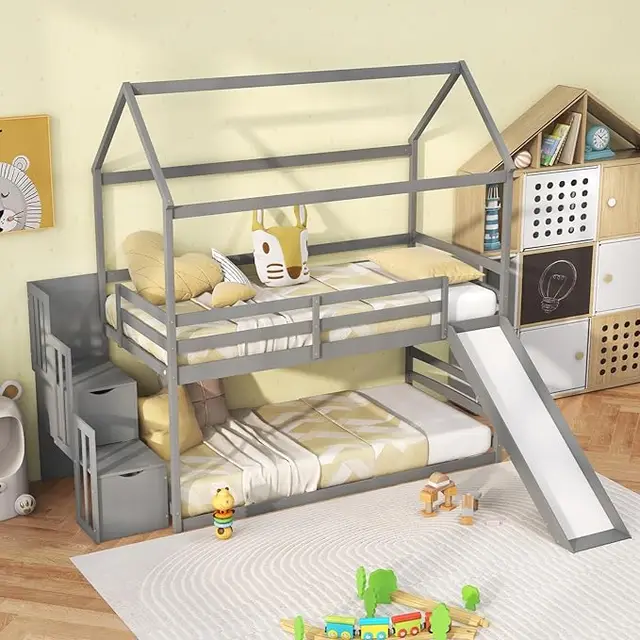
Practical Tips for Maintaining Bunk Beds
Regular Inspections and Maintenance
Maintaining a bunk bed involves regular inspections to ensure its safety and functionality. Check for any loose screws, wobbly components, or signs of wear and tear. Tighten bolts and screws as needed to maintain the bed’s stability. Inspect guardrails, ladders, and other safety features to ensure they are secure and in good condition. Regular maintenance helps prevent accidents and extends the life of the bunk bed, ensuring it continues to provide a safe and comfortable sleeping environment.
Cleaning and Upkeep
Keeping the bunk bed clean is essential for both hygiene and aesthetics. Dust the bed regularly to remove allergens and debris, and clean the mattress and bedding as needed. If the bed has built-in storage or drawers, keep these areas organized and free from clutter. Use appropriate cleaning products for the materials used in the bed’s construction, such as wood polish for wooden frames or a mild cleaner for metal surfaces. Proper upkeep ensures that the bunk bed remains in good condition and contributes to a healthy living environment.
Budget Considerations and Quality
Balancing Cost with Quality
When choosing a bunk bed, balancing cost with quality is essential. While it may be tempting to choose a lower-cost option, investing in a high-quality bunk bed can provide better durability and safety. Look for reputable brands and read reviews to assess the quality of the construction and materials. Consider the long-term value of the bed and choose one that offers both affordability and reliability. A well-made bunk bed is a worthwhile investment that will serve your child’s needs for years to come.
Exploring Cost-Effective Options
If budget constraints are a concern, there are cost-effective options available without compromising on quality. Consider purchasing a bunk bed from a reputable retailer that offers sales or discounts. Explore different materials and designs to find a balance between cost and functionality. Additionally, consider second-hand options if they are in good condition and meet safety standards. By exploring various options and making informed decisions, you can find a bunk bed that fits your budget while providing excellent value.
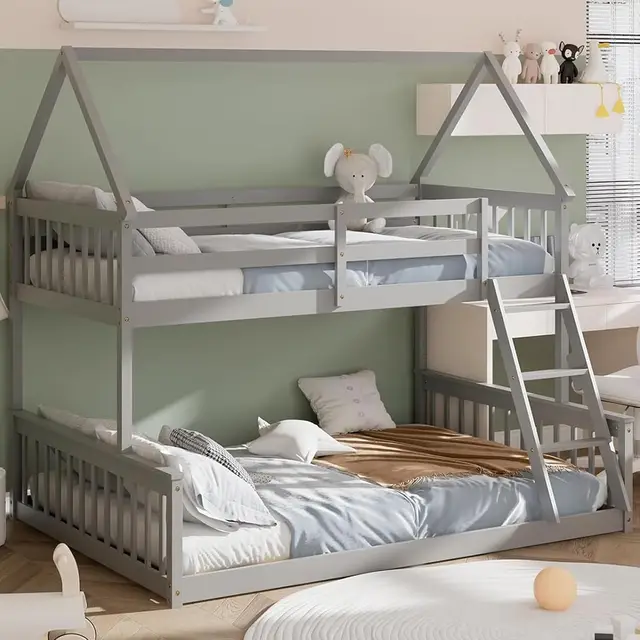
Conclusion
Maximizing space in small bedrooms requires thoughtful planning and smart furniture choices. Bunk beds offer a practical solution by utilizing vertical space and providing versatile, space-saving options. By understanding the benefits, selecting the right type and design, and incorporating practical tips for maintenance and budget considerations, you can create a functional and inviting space for your child. With the right approach, bunk beds can transform small rooms into organized, efficient, and comfortable environments that meet the needs of growing children.






